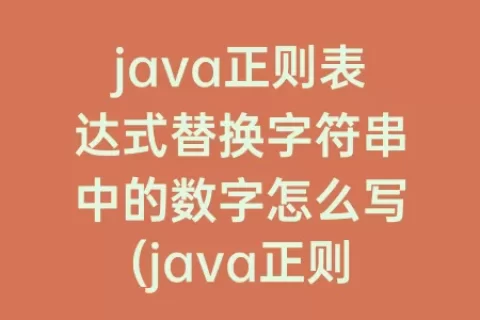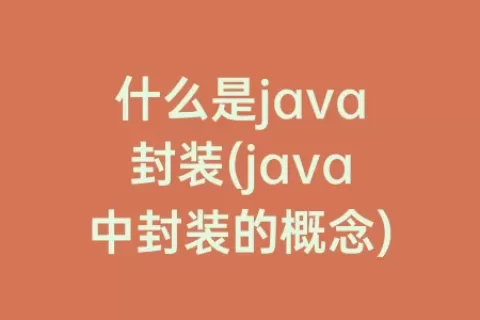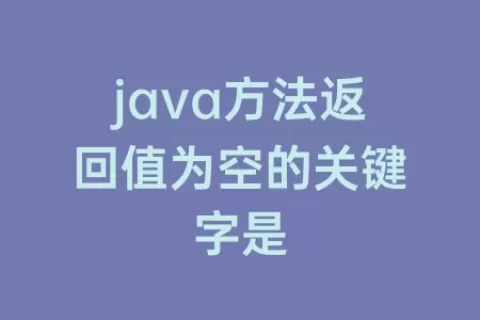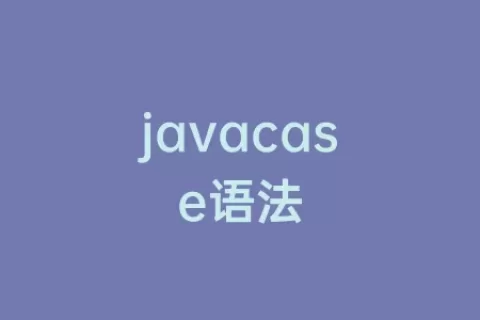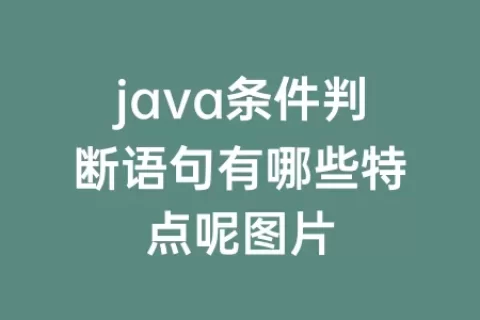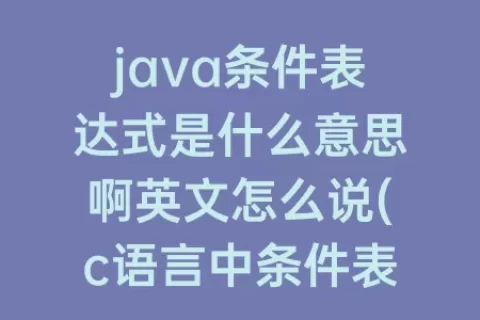Introduction: Java Objects and Memory
Java is one of the most popular programming languages in the world, and one key reason for this is its powerful use of objects. In Java, everything is an object, which means that it is a unique instance of a class that contains both data and behavior. However, the question of how Java objects are stored in memory is an important one. Understanding this topic is crucial for Java developers who want to create efficient, fast, and scalable applications.
Java Objects Storage in Memory
In Java, objects are stored in memory in two different areas: the stack and the heap. The stack is where primitive data types and references to objects are stored. It is a small area of memory that is fast and easy to access, with a limited amount of space available. The heap, on the other hand, is where object instances are stored. It is a much larger area of memory, but it is slower than the stack because it can take more time to allocate and deallocate memory from it.
When a method is called, the JVM creates a new frame on the stack to store its local variables, parameters, and return address. When a new object is created, it is allocated on the heap, and a reference to its memory location is stored on the stack. When the method returns, the stack frame is removed, and any objects allocated on the heap that are no longer needed are eligible for garbage collection.
Object References and Garbage Collection
Java objects are accessed through references, which are similar to pointers in other programming languages. A reference is a memory address that points to the location of an object on the heap. When an object is created, it is given a unique reference that is stored on the stack or in another object. References can be passed as arguments to methods or returned as method results, allowing objects to be accessed and manipulated from different parts of a program.
Garbage collection is the process by which the JVM automatically removes objects from memory that are no longer in use. When an object is created, it is added to the heap and marked as being in use. When the object is no longer needed, its reference is removed from the stack or from any other objects that reference it. Once there are no more references to an object, it is marked as eligible for garbage collection, and its memory is reclaimed by the JVM. Garbage collection is an important way to prevent memory leaks, where objects that are no longer in use consume memory and cause performance issues.
Conclusion
Java objects are unique instances of classes that contain both data and behavior. They are stored in memory in two areas: the stack and the heap. The stack is used to store primitive data types and references to objects, while the heap is used to store object instances. Objects are accessed through references, which are similar to pointers, and the JVM automatically removes objects from memory that are no longer in use via a process called garbage collection. Understanding how Java objects are stored in memory is essential for creating efficient, scalable, and fast applications.
本文来自投稿,不代表亲测学习网立场,如若转载,请注明出处:https://www.qince.net/javapeixuntll.html
郑重声明:
本站所有内容均由互联网收集整理、网友上传,并且以计算机技术研究交流为目的,仅供大家参考、学习,不存在任何商业目的与商业用途。 若您需要商业运营或用于其他商业活动,请您购买正版授权并合法使用。
我们不承担任何技术及版权问题,且不对任何资源负法律责任。
如遇到资源无法下载,请点击这里失效报错。失效报错提交后记得查看你的留言信息,24小时之内反馈信息。
如有侵犯您的版权,请给我们私信,我们会尽快处理,并诚恳的向你道歉!

